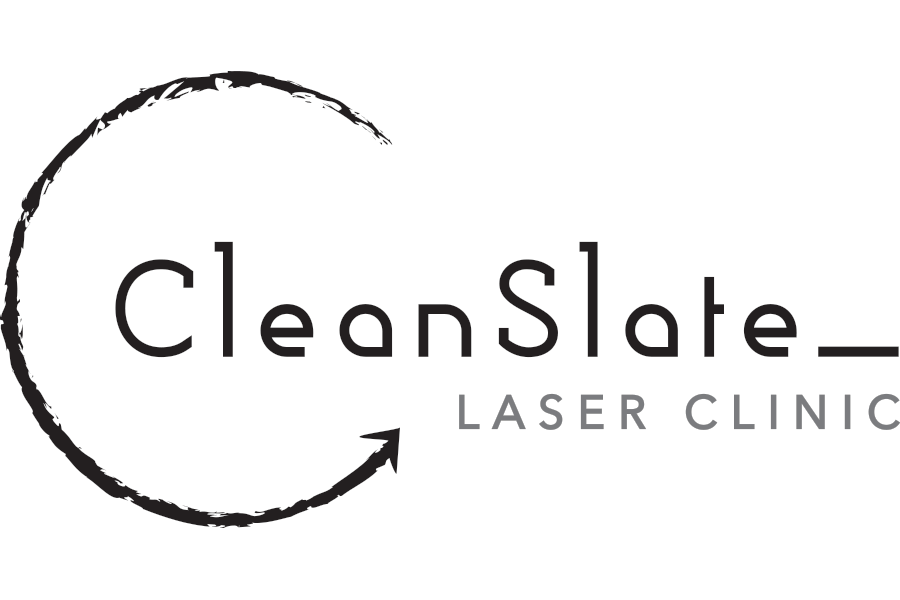How To Reduce Swelling From Thread Lift: A Guide
A thread lift is a popular, minimally invasive procedure that can rejuvenate your face by lifting and tightening sagging skin. While the results can be fantastic, some patients may experience swelling after the procedure. At Cleanslate Laser Clinic, we want to ensure you have the best possible experience and recovery. Here are some expert tips on how to reduce swelling after a thread lift.
1. Follow Post-Procedure Instructions
The most important step in reducing swelling is to follow the post-procedure instructions provided by your clinician. These instructions are tailored to your specific needs and will include guidelines on how to care for your skin in the days following the thread lift.
2. Keep Your Head Elevated
Keeping your head elevated can help reduce swelling. Use extra pillows to prop yourself up while sleeping or resting. This position helps prevent fluid from accumulating in your face, which can lead to swelling.
3. Apply Cold Compresses
Applying cold compresses to the treated area can significantly reduce swelling. Use an ice pack wrapped in a clean cloth or a cold gel pack, and apply it to the swollen areas for 10-15 minutes at a time. Be sure not to apply ice directly to the skin, as this can cause frostbite.
4. Avoid Hot Environments
Hot environments, such as saunas, hot tubs, and even vigorous exercise, can increase swelling. Try to avoid these for at least a week after your thread lift. Instead, stick to gentle activities and keep your environment cool.
5. Stay Hydrated
Drinking plenty of water can help your body reduce swelling. Hydration promotes better circulation and helps flush out excess fluids. Aim for at least eight glasses of water a day.
6. Limit Salt Intake
Salt can cause your body to retain water, leading to increased swelling. Try to limit your intake of salty foods and snacks for a few days following your thread lift. Opt for fresh fruits, vegetables, and lean proteins instead.
7. Take Prescribed Medications
Your clinician may prescribe medications to help manage swelling and discomfort. Be sure to take these as directed. Over-the-counter anti-inflammatory medications, such as ibuprofen, can also be helpful, but always check with your doctor before taking any new medication.
8. Gentle Massage
In some cases, your clinician might recommend gentle massage to help reduce swelling. If advised, use light, upward strokes to massage the treated area. This can help promote lymphatic drainage and reduce fluid buildup.
9. Avoid Touching Your Face
While it may be tempting to touch or press on the swollen areas, it’s important to avoid doing so. Touching your face can introduce bacteria and increase the risk of infection, which can worsen swelling and prolong recovery time.
10. Be Patient
Swelling is a natural part of the healing process and can take several days to subside. It’s important to be patient and allow your body the time it needs to heal. Most swelling should diminish within a week, but it can take up to two weeks for the full results of your thread lift to become apparent.
At Cleanslate Laser Clinic, we’re dedicated to providing you with top-quality care and support throughout your thread lift journey. By following these tips and adhering to your post-procedure instructions, you can help reduce swelling and ensure a smooth recovery. If you have any concerns or questions during your recovery, don’t hesitate to contact us. We’re here to help you achieve the best possible results from your thread lift. Come check us out at Canggu, Bali.
